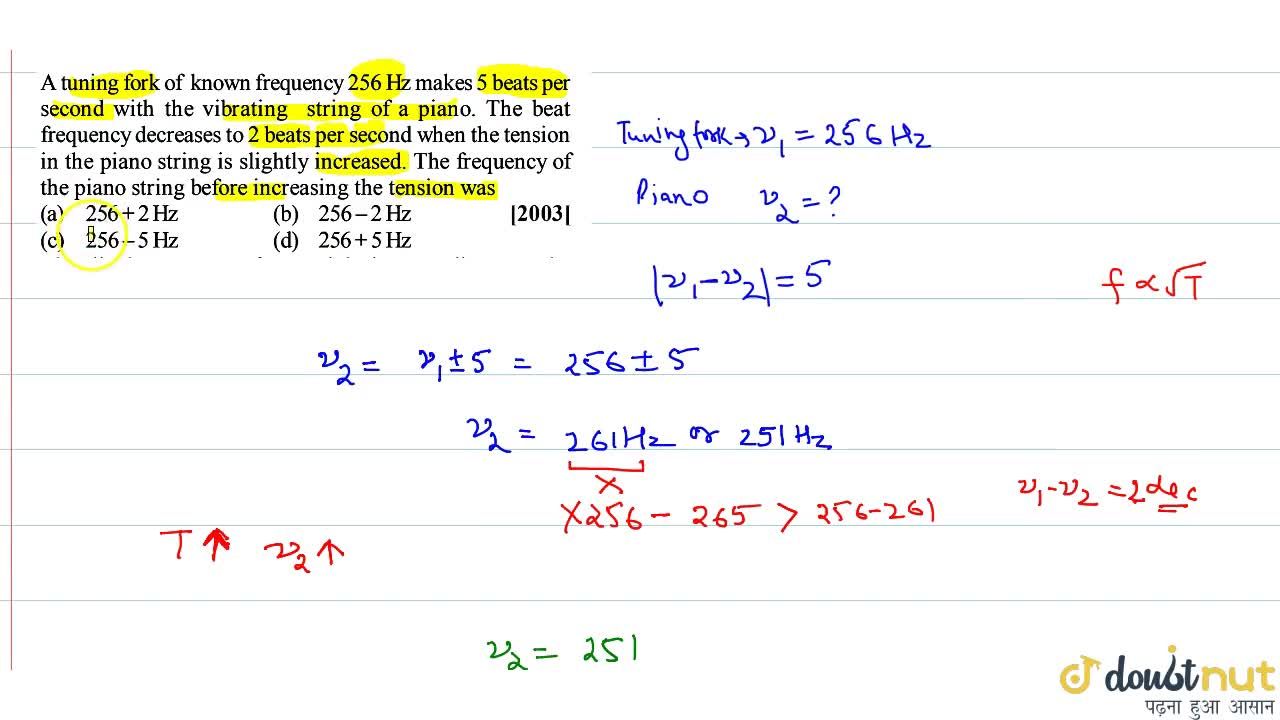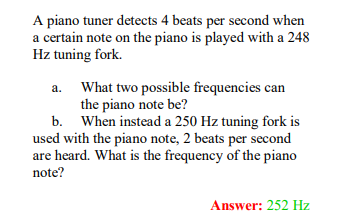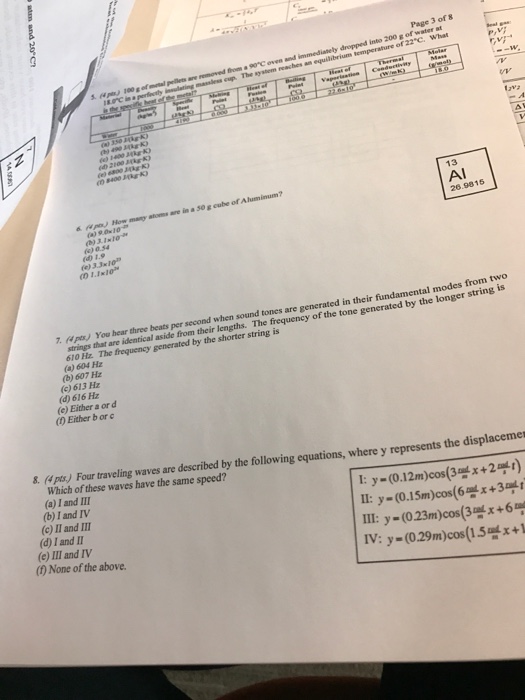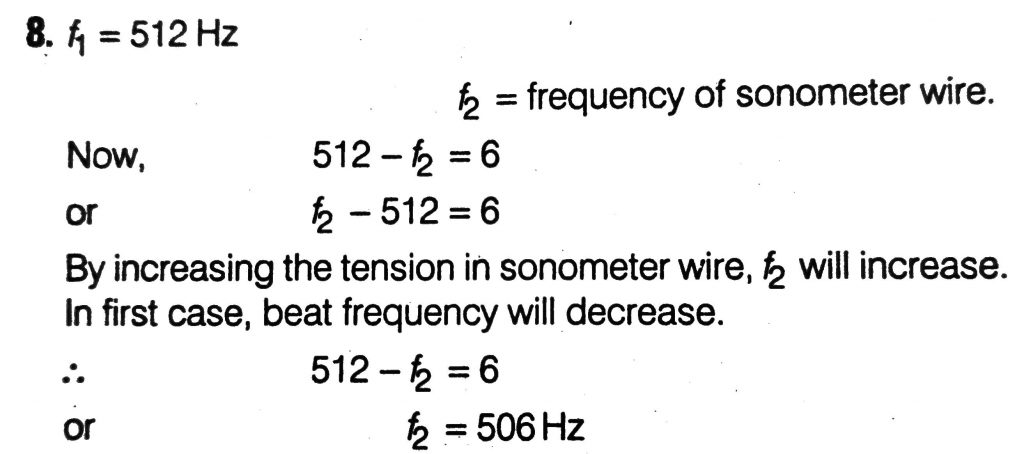
A tuning fork of frequency 512 Hz is vibrated with a sonometer wire and 6 beats per second are heard. The beat frequency reduces if the tension in the string is slightly

A tuning fork of known frequency 256 Hz makes 5 beats per second with the vibrating string of a piano. The beat frequency decreases to 2 beats per second when the tension

A tuning fork produces 4 beats per second with another tuning fork of frequency 256 Hz. The first one is now loaded with a little wax and the beat frequency is found
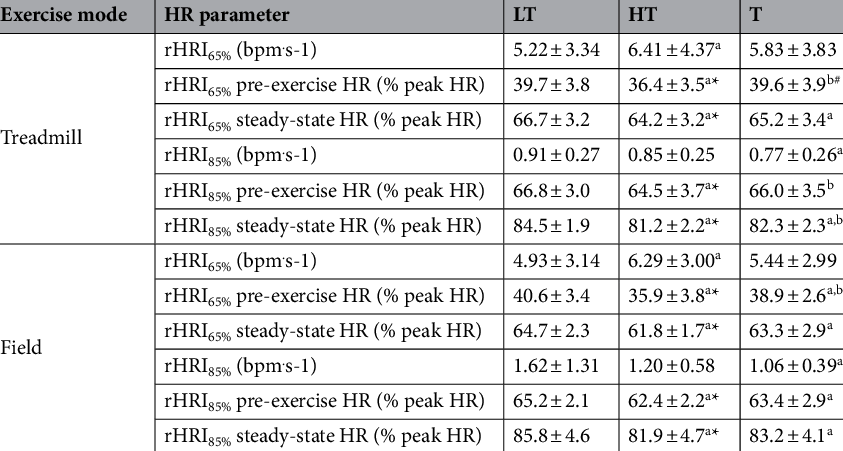
Effect of training on heart rate parameters. bpm . s-1 beats per minute... | Download Scientific Diagram
Two similar sonometer wires of the same material produces 2 beats per second. The length of one is - Sarthaks eConnect | Largest Online Education Community

A stretched sonometer wire gives 2 beats per second with a tuning frok when its length is 14.3 cm and also when its length is 14.5 cm.What is the frequency of the

If two tuning forks A and B are sounded together, they produced 4 beats per second. A is then slightly loaded with wax, they produce 2 beats when sounded again. The frequency

40. If two tuning forks A and B are sounded together, they produce 4 beats per second. A is then slightly loaded with wax, they produce 2 beats when sounded again. The

a tuning fork gives 3 beats per second with sonometer wire when its length is either 498 cm of 502 cm find the frequency of tuning fork - Physics - TopperLearning.com | qxc78ykjj

A tuning fork produces 2 beats per second when sounded with another tuning fork of frequency 250 Hz. It gives the same number of beats per second when loaded with wax. The

Schematic representation of the metronome used with arrow depicting the... | Download Scientific Diagram
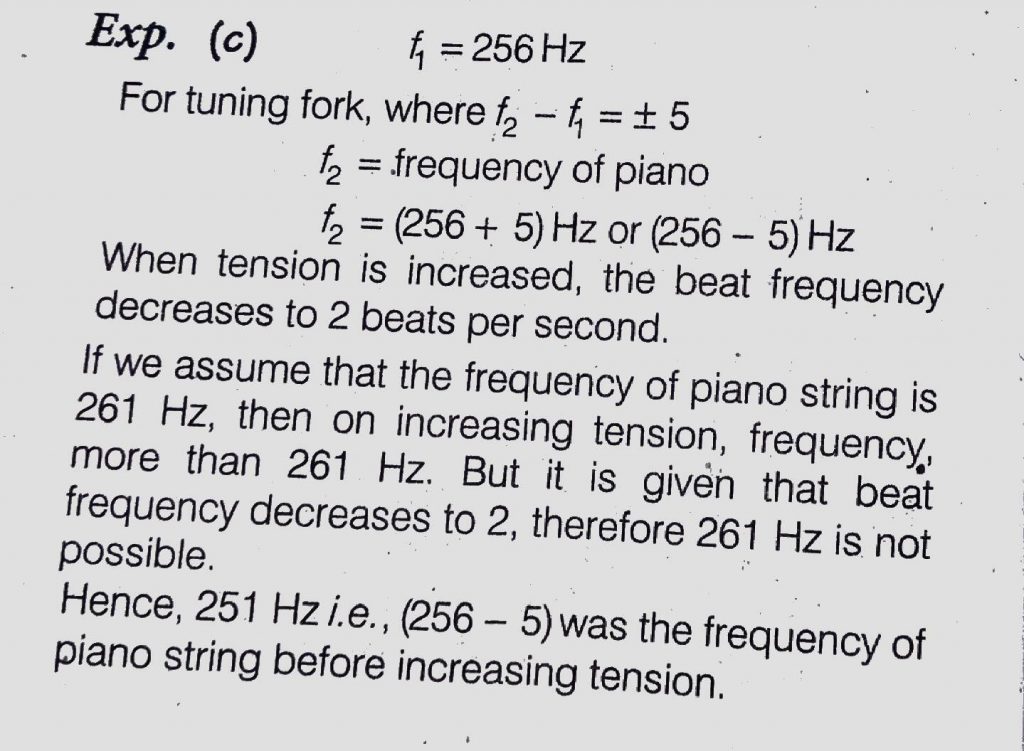
A tuning fork of known frequency 256 Hz makes 5 beats per second with the vibrating string of a piano. The beat frequency decreases to 2 beats per second when the tension

A tuning fork of known frequency 256 Hz makes 5 beats per second with the vibrating string of a piano. The beat frequency decreases to 2 beats per second when the tension
Two tuning forks, when sounded together, produce 5 beats per second. A sonometer wire of length 0.24 m is - Sarthaks eConnect | Largest Online Education Community

A tuning fork A, marked 512 Hz, produces 5 beats per second, when sounded with another unmarked tuning fork B. If B is loaded with wax, the number of beats is again

A tuning fork of known frequency 256 hz makes 5 beats per second with the vibrating string of a piano the beat frequency decreases to 2 beat per second when the tension
